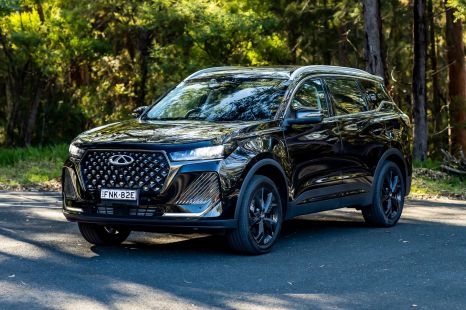

Matt Campbell
6 Days Ago
Two of Britain's biggest motorsport names are committing to green initiatives designed to keep internal-combustion racers going as electric power takes over.

Contributor
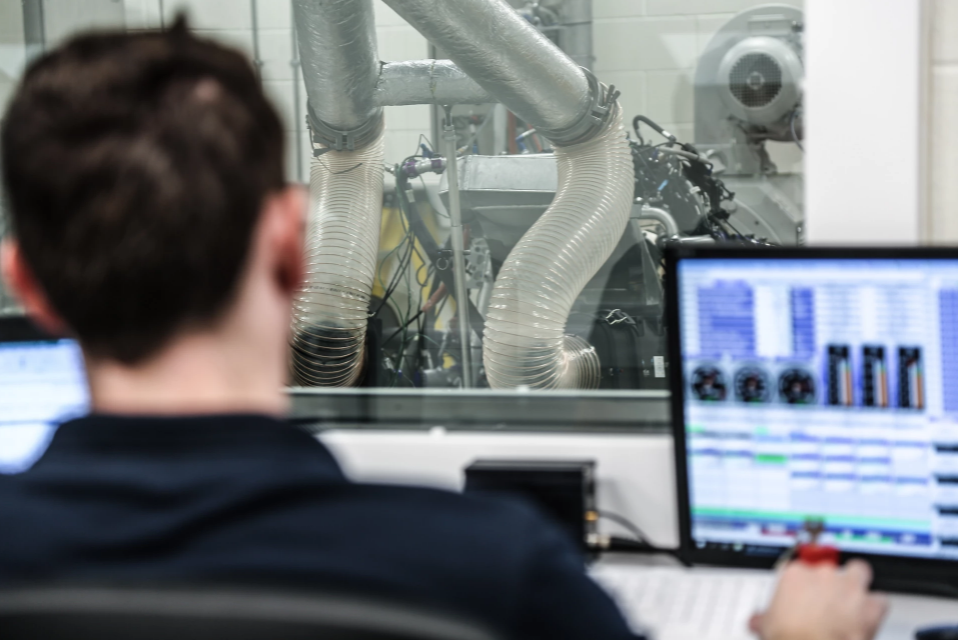

Contributor
The brand behind some of Subaru’s most famous rally cars is working on a way to make petrol-burning race cars greener – and it’s far from alone in trying to making racing easier on the earth.
Prodrive (which built rally cars for Colin McRae, Ari Vatanen, and Chris Atkinson in partnership with Subaru) has developed a sustainable fuel for racing, following in the footsteps of Porsche.
Developed in partnership with another British specialist, Prodrive ECOpower fuel can be used “as a direct replacement for unleaded petrol in almost any vehicle”.
“I am a great advocate of motorsport taking the lead in developing, proving and promoting new technologies that can help address climate change,” said Prodrive chairman, David Richards.

It’s made up of second-generation biofuel and man-made e-fuel, which is created by combining renewably-sourced hydrogen with carbon dioxide captured from the atmosphere. Prodrive says its fuel emits 80 per cent less greenhouse gas than conventional unleaded petrol.
It will prove the fuel’s worth by using it to power the Hunter T1+ in the 2022 Dakar Rally. It also plans to use a slightly modified version in road cars soon as a proof of concept.
E-fuel, or synthetic fuel, is what Porsche is developing as a way to keep its classic cars on the road. Formula 1 has also committed to running 100 per cent sustainable e-fuel by around 2025.
One of Formula 1’s best-known names, Williams, is planning to go a step further though.

The British constructor, which recently was sold by the Williams family to investment firm Dorilton Ventures, has pledged it will be carbon positive by 2030.
“As a team, we wanted to push the envelope and be the pace setter for sustainability in global motorsport and in the wider automotive industry,” said Williams CEO, Jost Capito.
“So today we are making the commitment to be climate positive by 2030 and we will be using our knowledge to nurture and develop advanced technology to meet this goal.”
Its plan includes reducing energy consumption at its headquarters, and offsetting the emissions from its travel, along with protecting the biodiversity on the land around its factory and HQ.
Scott Collie is an automotive journalist based in Melbourne, Australia. Scott studied journalism at RMIT University and, after a lifelong obsession with everything automotive, started covering the car industry shortly afterwards. He has a passion for travel, and is an avid Melbourne Demons supporter.


Matt Campbell
6 Days Ago
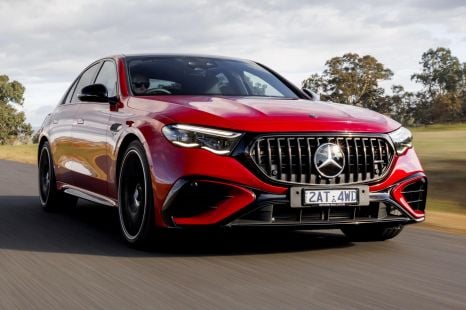

Max Davies
5 Days Ago
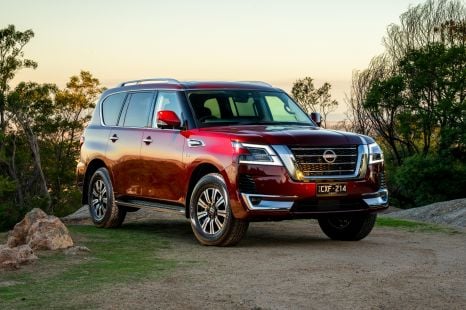

James Wong
4 Days Ago
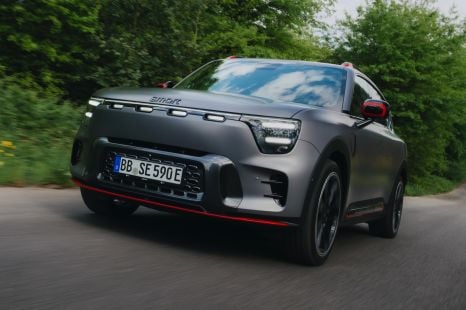
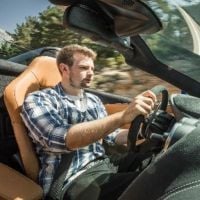
James Fossdyke
3 Days Ago

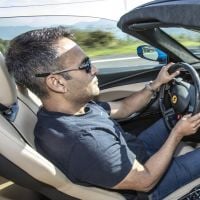
Gautam Sharma
2 Days Ago
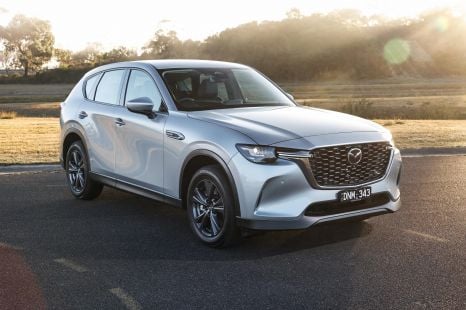

Josh Nevett
12 Hours Ago